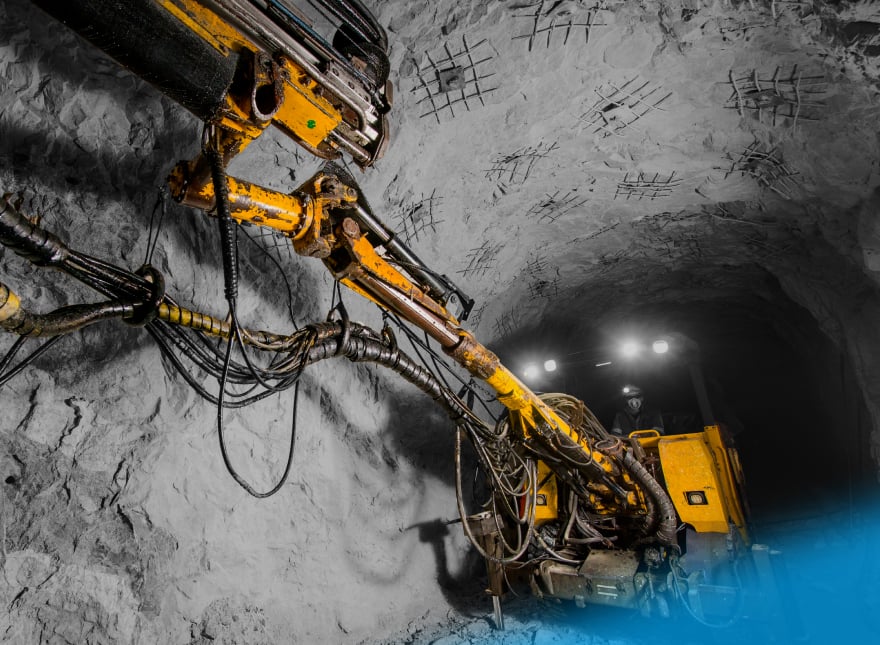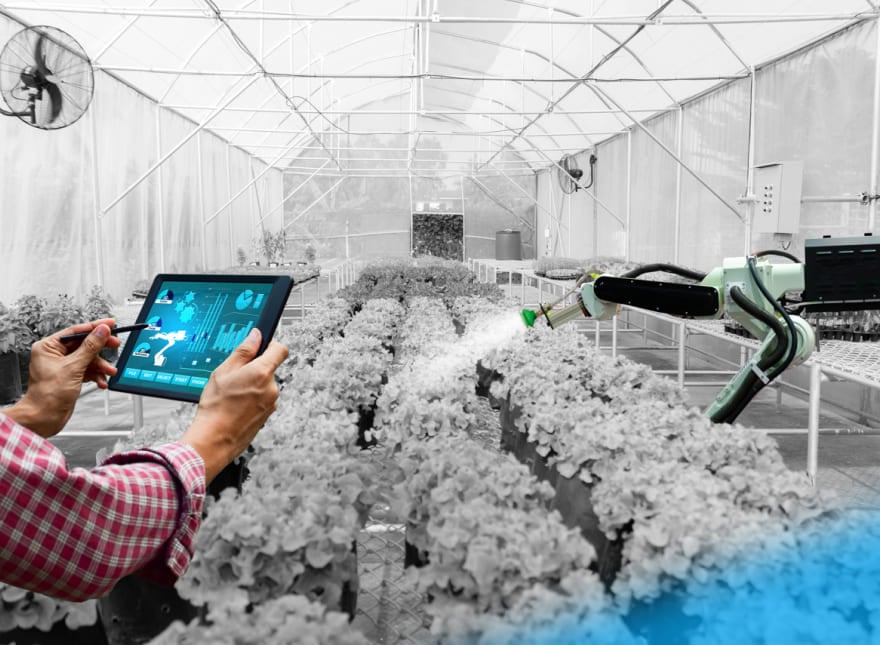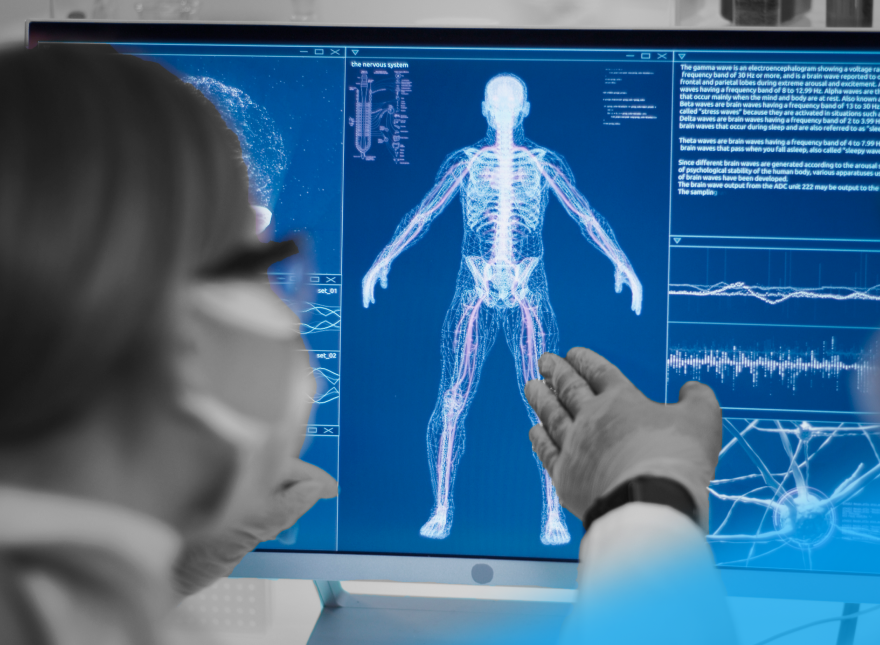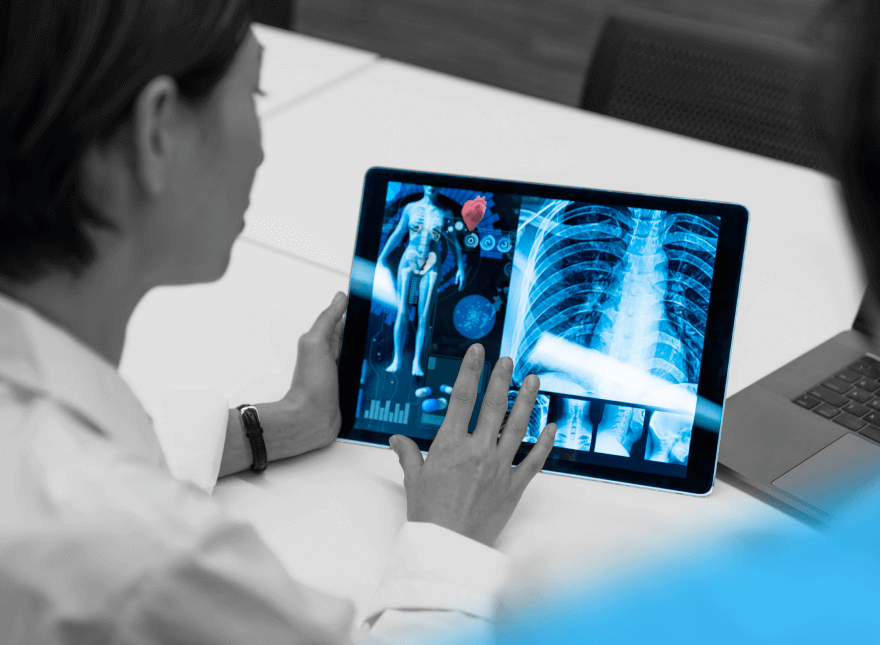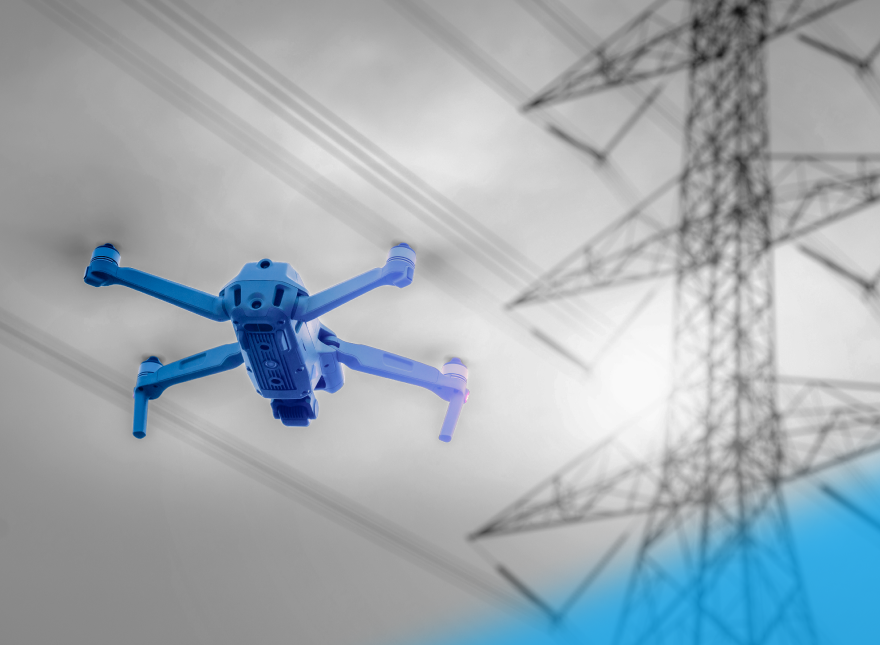3 Proximity Marketing Examples: What Markets Need
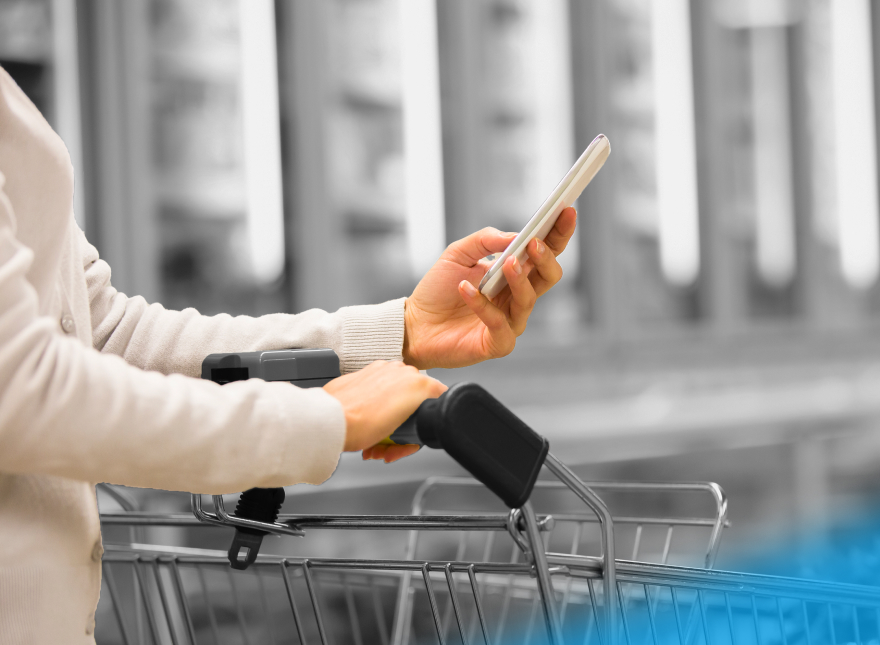
Let’s say you own a bar. A similar bar has just opened next door, which serves similar food and drinks at the same price. You have lost some of your regular customers as a result and you now want to bring them back. But how can you do so without reducing your menu prices or spending lots of money on marketing? This is where proximity marketing can come in handy.
The technology allows you to “catch” past and potential visitors who are in close proximity to the bar. You can send discounts directly to their phones through a beacon mobile app. You can also learn their preferences while they are on your premises, allowing you to promote what your customers really need. The cost of implementing proximity marketing solutions hardly bites. Consider smart beacons, for example, which are tiny and cheap.
There are lots of real-life examples of proximity solutions. Of the industries it’s used in—from retail to hospitality—check out where this technology can generate the most profit.
Table of Contents
Scenarios Where Proximity Marketing Technologies Are Used
With proximity marketing, you can target potential customers with marketing content based on their current location. It allows you to track user behavior and use this data to improve your services and deliver targeted ads.
There are multiple technologies at play. You may already have the right one to hand, but you just haven’t thought to use it that way yet. Here are six technologies that may help drive your marketing efforts.
1. Wi-Fi. Through a Wi-Fi public hotspot, you can collect customers’ data and advertise to them using your guest network. It’s an easy way to locate and reach a nearby customer. For instance, retailers can “follow” customers around their venues, identify when they return, and reward them with loyalty bonuses.
2. Bluetooth/BLE. BLE beacons can help send notifications to visitors. When a user has location services turned on, beacons trigger messages to compatible proximity marketing devices. You can attach beacons to a shop window, store shelf, or wall, and beacons send one-way messages to customers’ smartphones. When a visitor enters the venue, you can help them navigate to a specific spot.
3. NFC. Near-field communication is a way to run marketing campaigns in extreme proximity to the NFC device. Usually, this technology allows you to pay in store with your phone. As for marketing purposes, museums can deploy NFC to provide tour information, while outlets can use it on shelves to offer product information.
4. RFID tags. RFID technology helps you locate assets and track visitors. The ID information is embedded on a microchip and is sent to a reader. This technology enables the use of wristbands for venue visitors that watch their movements, track the time of visit, and even provide navigation assistance.
5. QR codes. QR codes will help you find out where your customers are located. As soon as a visitor with a smartphone scans your QR code, you can deliver your marketing message and watch their behavior.
6. GPS geofencing. Geofencing allows you to put virtual boundaries around an area and track whenever someone with a mobile device crosses it. Marketers can push messages to customers entering this predefined area. The disadvantage is that GPS is less precise than any of the technologies above, and it can only be used outside.
Today, proximity marketing is proving its efficiency in retail, airports, events, hotels, and real estate. Rising competition between companies in these sectors is among the key drivers of using the technology. Experts have positive estimates on the marker size, so more companies will benefit from proximity marketing in the near future.
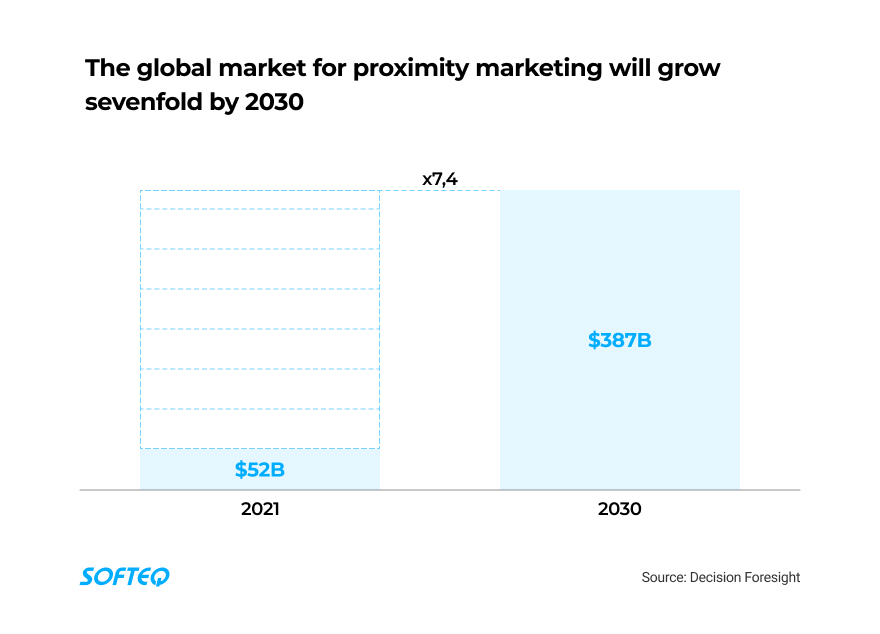
Now, let’s see which industries can flourish most with the help of proximity marketing solutions.
Industry of Use 1. Proximity Marketing in Retail
The retail industry is forever changing, and competition here is enormous. There are now 4.2 million retail establishments in the US. Some of these retailers can share the same street and sell the same goods at the same price. So how can you beat your competitors, especially if you don’t have a big advertising budget? Proximity marketing can help with that.
With proximity marketing solutions, retailers can watch customers’ preferences, keep them engaged, and send targeted ads. This leads to increased conversions and revenue.
With tech like geofencing and BLE, companies know when customers are near their shops. This enables them to notify customers about products via their phones. These messages are contextual, targeted, and personalized. The message content can also depend on buying history. For example, the customer can see complementary products in an app while they are waiting at the counter.
Sharing discounts and timely reminders doesn’t always require huge resources. Retailers can use iBeacon technology without needing to buy separate beacon-related hardware. Sensors can be attached anywhere—from shopping carts to baskets. For instance, the retail giant Walmart used light bulbs to house retail beacons and send discount coupons to in-store customers.
To drive even more customer engagement, you can combine proximity marketing with AR. This tech combo can facilitate shopper decision-making. AR mirrors in stores like Gap and Zara are vivid examples. Shoppers can use mirror displays to virtually try on new designs. This technology can help retailers drive purchases with minimal effort. The solution also motivates shoppers to share their experiences on social media and even tag the shop.

Real-Life Example
Target uses beacons paired with a mobile app to send notifications to their customers across the country. With the app and the help of chips embedded into ceiling lights, shoppers can find their way through stores and locate the products they need. Customers are also notified about special offers and trending items. As a result, the shopping experience has become more convenient and drives revenue for the company.
Key Benefits
- Improving shopping experience
- Keeping customers engaged
- Watching and analyzing customer behavior
- Enhancing customer loyalty
- Increasing conversion rates
Industry of Use 2. Proximity Marketing in Venue and Event Management
Whether you own a stadium or entertainment park, ticket sales are only a part of your revenue. Your other revenue comes from additional offerings, like food, drinks, and merch. Your customer services and marketing efforts affect this part of your revenue. Proximity marketing comes in handy where you have lots of customer footfall. The technology helps you watch visitors’ preferences and then send them targeted messages.
Overall, smart solutions help you:
- Manage venues and events intelligently
- Get valuable insights from the target audience
- Send customers relevant marketing materials
In practice, you could add Bluetooth proximity marketing to register attendees at a music festival, share the event program, and help people navigate the venue. You can even send updates on the fly about program changes. What’s more, with a Wi-Fi public hotspot, you can perform surveys that could help you better understand your audience. Museums, in turn, can simply add QR codes to pieces of art, meaning visitors can receive information about the artist plus videos and audio about each collection.
Real-Life Example
Vulcania theme park in France uses proximity marketing beacons to help their visitors navigate. The park has deployed 160 beacons in its grounds and built the iBeacon app. The app has 350 pictures of attractions and can guide a visitor to the one they select. Visitors can also see the attractions that are closest: pictures on the screen are constantly changing.
Proximity marketing is a smart promotional tool at the theme park. For example, visitors waiting in a queue receive discount coupons on their phones. It’s also an alternative to information stands and customer behavior surveys.
Key Benefits
- Registering and verifying attendees
- Promoting brands
- Personalizing user experience
- Sending surveys
- Social networking
Industry of Use 3. Proximity Marketing in Hospitality
Today, people don’t want to be treated in an impersonal way. They want to be treated as individuals. Imagine you stayed at two very similar hotels that cost you the same amount of money. You’ll definitely return to the one that greeted you with a personal message and served your favorite drink. Proximity marketing can make this possible and ensure a greater level of personalization.
The technology helps kill two birds with one stone. On the one hand, companies can improve user experience with wayfinding information or insights about a customer’s visit. On the other hand, it’s a good way to improve the quality of services and promote them.
Let’s look at how this works. With geofencing capabilities, you will always find the ideal moment to send notifications to your guests. When they enter a hotel or restaurant, marketing materials can be sent directly to their devices. What’s more, beacon technology can trigger relevant notifications with promotions and loyalty offers. Meanwhile, wireless polls and surveys will help you understand what attendees think about your venue. For example, if you own a restaurant, you can conduct surveys and collect votes via Bluetooth beacons to identify your best dish.
What’s more, you can integrate the digital experience with signage and ping content like text, visuals, and interactive video to the screen. Customers will use your mobile app to engage with custom content on the screen. For example, if you own a hotel, you can install AR digital signage in the lobby or dining area to entertain your guests. Perhaps you’ll display a realistic virtual figure of a famous celebrity who stayed in your hotel. You’ll be promoted for free when guests spread word about your hotel on social media.
Real-life Example
Marriott International hotels started using proximity marketing to increase customer loyalty. Here’s how it works. When a visitor arrives who frequently uses the fitness center, the app tells them where it’s located and shares opening hours. The beacon technology also helps Marriott greet guests with personalized offers—from food and drink to spa and golf deals. As a result, Marriott can drive sales in different departments.
Key Benefits
- Enabling app-powered check-in and check-out
- Keeping visitors engaged
- Delivering targeted offers to visitors
- Getting feedback on service quality
- Providing wayfinding information
- Promoting products and services
Bottom Line
Proximity marketing takes traditional marketing techniques to the next level. It helps companies get to know their audiences better, suggest personalized offers, and drive revenue as a result. Proximity marketing mainly works for businesses that can reach their audience in some proximity, such as retailers, event managers, and entertainment parks. It helps them:
- Reach customers with personalized messages, product recommendations, and offers
- Send highly targeted messages and choose a location to notify them
- Achieve conversion goals immediately by reaching customers at the right place and time
- Get insights on customer behavior to improve services
Does this sound like what you need? Softeq is here to help you take proximity marketing on board.
More articles on the topic
